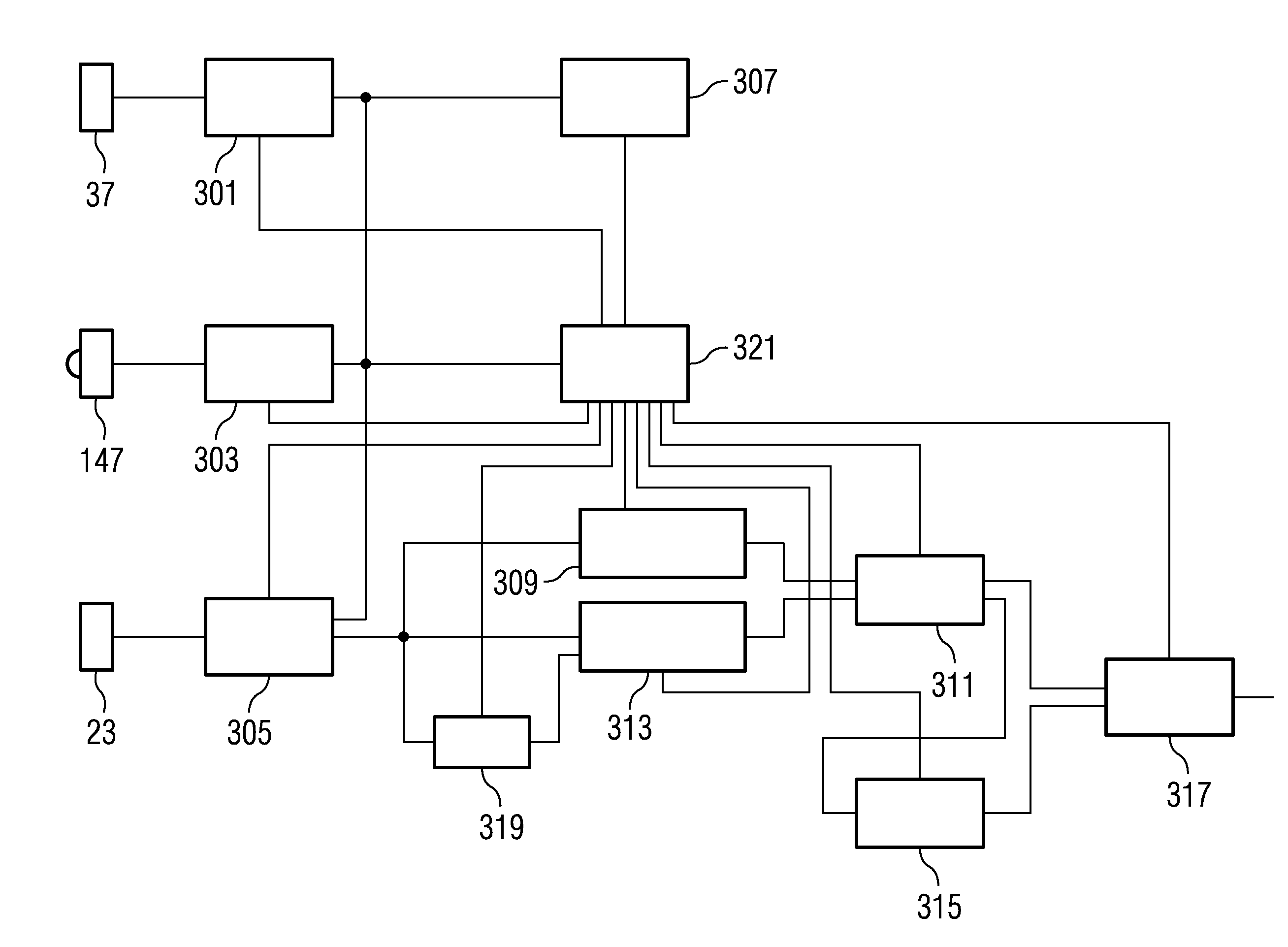Method and device for locating function-supporting tissue areas in a tissue region
- Summary
- Abstract
- Description
- Claims
- Application Information
AI Technical Summary
Benefits of technology
Problems solved by technology
Method used
Image
Examples
Embodiment Construction
[0053]In the following text, the basic design of a device according to the invention for locating functional tissue areas in a tissue region will be explained with reference to FIGS. 1 to 4 using the example of an operation microscope into which the device according to the invention is integrated.
[0054]The operation microscope 1 shown in FIG. 1 comprises as essential components an objective 5, which should be made to face an observation object 3 and, in the present exemplary embodiment, is illustrated as an achromatic lens designed from two mutually cemented partial lenses. The observation object 3, namely the tissue region whose functional tissue areas are intended to be located, is arranged in the focal plane of the objective 5 such that the tissue region 3 is focused at infinity, that is to say a divergent bundle of rays 7 emanating from the tissue region 3 is converted into a parallel bundle of rays 9 when passing through the objective 5.
[0055]Instead of using only one achromati...
PUM
 Login to View More
Login to View More Abstract
Description
Claims
Application Information
 Login to View More
Login to View More - R&D
- Intellectual Property
- Life Sciences
- Materials
- Tech Scout
- Unparalleled Data Quality
- Higher Quality Content
- 60% Fewer Hallucinations
Browse by: Latest US Patents, China's latest patents, Technical Efficacy Thesaurus, Application Domain, Technology Topic, Popular Technical Reports.
© 2025 PatSnap. All rights reserved.Legal|Privacy policy|Modern Slavery Act Transparency Statement|Sitemap|About US| Contact US: help@patsnap.com



